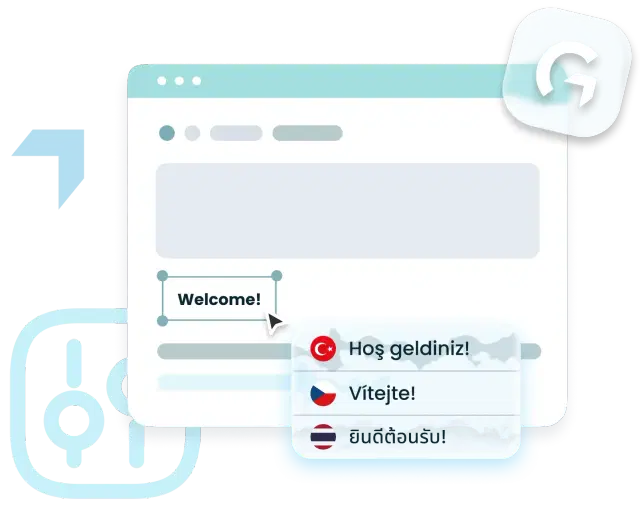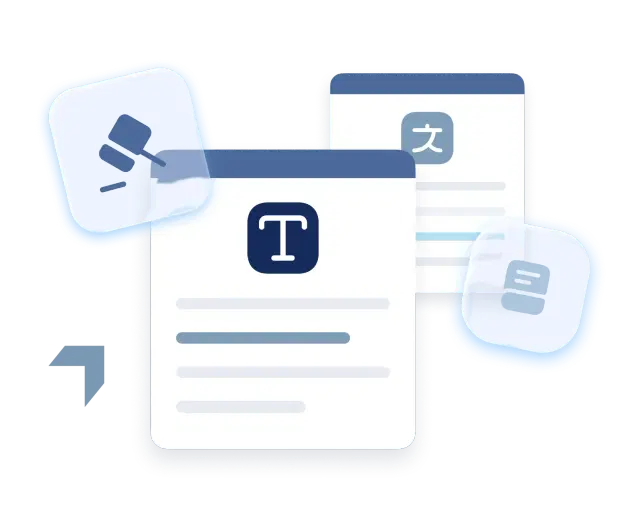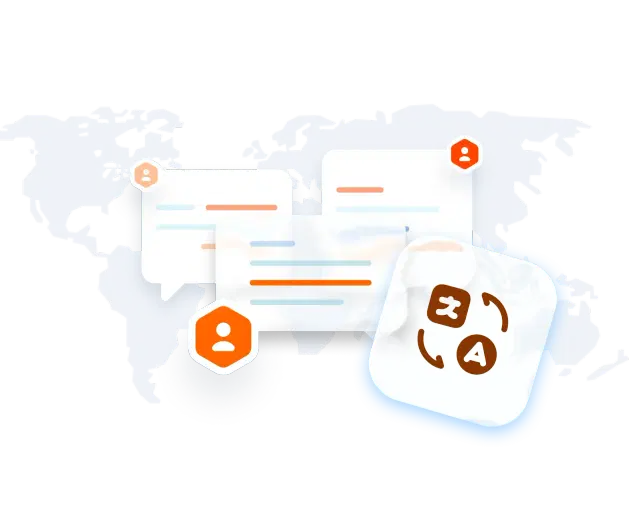SEO with Websites in Multiple Languages: Best Practices
SEO with Websites in Multiple Languages: A Practical Guide
Updated on September 17, 2025
Introduction
If you’re running a global business, optimizing your site for multilingual search is no longer a bonus—it’s a necessity. Google’s own documentation outlines exactly how to do it but parsing those technical pages while managing day-to-day operations can be overwhelming.
That’s why we created this guide. We’ve distilled Google’s internal playbook into clear, actionable steps that make it easier to understand and implement SEO best practices for websites in multiple languages.
You’ll learn how to:
- Structure your site for multi-regional and multilingual performance
- Use hreflang annotations effectively
- Avoid common mistakes like auto-redirects
- Leverage Google tools to track and improve results
With the right setup, your website can deliver a seamless user experience in every region—while performing at its best in search.

Managing Multi-regional and Multilingual Sites
When expanding your digital presence across regions or languages, organizing your site properly is key. Google distinguishes between multi-regional websites (targeting users in specific countries) and multilingual websites (offering content in more than one language). If your business serves both, it’s critical to get the structure right from the start.
Structure Your URLs Thoughtfully
Google recommends using separate URLs for each language or regional version of a page. Here are a few options to consider, formatted for France and Germany:
- Country code top-level domains (ccTLDs): example.fr (France), example.de (Germany)
- Subdomains: fr.example.com, de.example.com
- Subdirectories: example.com/fr/, example.com/de/
- URL parameters: example.com/page?lang=fr, example.com/page?lang=de
Each method has trade-offs in SEO, technical complexity, and scalability. Subdirectories are often the most straightforward choice for small businesses. GlobalLink Web makes managing these options easier by automating much of the technical setup.

Use Hreflang to Signal Language and Region
Google relies on hreflang annotations to understand which version of a page to serve to users based on their language or location. These annotations tell search engines: “This page is meant for English speakers in the UK, and this one is for Spanish speakers in Mexico.”
Hreflang can be added via:
- <link> tags in the HTML header
- HTTP headers
- XML sitemaps
Let Users Choose Language – Don’t Redirect Automatically
Avoid redirecting visitors to a specific language version based solely on IP or browser settings. Instead, let users select their preferred language using a visible language switcher. Googlebot may not be able to crawl auto-redirected pages, which could impact indexing.
Set Your Target Country in Search Console
If your site serves a specific country, use Google Search Console to set a geographic target. This gives Google clear signals about which users to prioritize in search results.
Localized Versions of Your Site
Creating localized versions of your website involves offering content specifically tailored to the language and cultural preferences of your target audience. Localizing your site not only enhances user experience but also improves your search engine rankings, making it easier for potential customers to find your business.

Translating Content Accurately
To ensure high-quality localized content, translate your website’s content into the target language(s) professionally. Avoid using automated translations, as they may result in poor-quality content and negatively impact your site’s SEO. Google cites a case where a website was penalized for using machine-translated content without human review. Consider hiring professional translators or native speakers to create accurate and culturally appropriate translations.
Use Separate URLs for Each Language
Assign a unique URL to each language version of a page. This allows search engines to properly index and serve the right version to users. Refer to the earlier section on URL structure to determine whether subdomains, subdirectories, or ccTLDs work best for your setup.
Add Hreflang Annotations
Help Google understand which version of a page to show by including hreflang annotations in the HTML. Each version should reference the others. Google provides a detailed example of how to implement hreflang annotations using the link element in the head section of your HTML:
<link rel=”alternate” hreflang=”en” href=”https://example.com/english/” />
<link rel=”alternate” hreflang=”es” href=”https://example.com/espanol/” />
You can also use sitemaps or HTTP headers, but consistency is key.
Localizing Metadata and Other Site Elements
Beyond translating your main content, localize the full experience. This includes metadata, URLs, navigation, and media—every element that shapes how users interact with your site.
Page Titles and Meta Descriptions
Translate and optimize these for each language version. Google expects unique, descriptive titles and descriptions tailored to the search behavior of each audience.
<title>Product Name – English</title>
<meta name=”description” content=”Product description in English” />
<title>Nombre del producto – Español</title>
<meta name=”description” content=”Descripción del producto en español” />
URLs
Translate URL slugs where possible. A localized URL is more relevant and user-friendly.
Navigation and UI
Translate menu labels, buttons, and calls-to-action. Keep the structure intuitive and aligned with local expectations.
Images and Multimedia Swap visuals to reflect local customs and cultural norms. Update the alt text to match the language and context.
<img src=”image-en.jpg” alt=”Product image description in English” />
<img src=”image-es.jpg” alt=”Descripción de la imagen del producto en español” />
Testing and Quality Assurance
Once your localized content is ready, test it across devices and browsers. Make sure all language versions function properly and that the content feels native to each target audience.
Locale-Adaptive Pages
What Are Locale-Adaptive Pages?
Locale-adaptive pages adjust content or design based on a user’s location, language, or preferences. They improve user experience by making content feel relevant and tailored.
Two Main Approaches
- Server-side adaptation: The server delivers content based on factors like IP location, browser language, or user account settings.
- Client-side adaptation: JavaScript modifies the page in real time based on user input or browser settings.
Best Practices for SEO with Locale-Adaptive Pages
- Avoid automatic redirection. Let users choose their preferred language or region. Redirecting based on IP or language can block Googlebot from crawling your site.
- Use separate URLs. As outlined earlier, this allows each version to be indexed and served properly.
- Implement hreflang. Use hreflang tags to signal language and regional targeting.
- Ensure Googlebot access. If you’re using server-side adaptation, verify that content is visible to Googlebot when using a general user agent.
Testing Before Launch
Check your locale-adaptive pages across devices, browsers, and locations. Simulate different user agents and regions. Use tools like Google Search Console to verify that each version is crawlable and functioning properly.
Following these guidelines ensures your adaptive content serves users effectively without compromising search visibility.
Conclusion
International SEO isn’t about chasing search engines—it’s about meeting your customers where they are, in the language and structure that makes sense to them. When done right, it builds trust, improves visibility, and moves your business forward.
GlobalLink Web was built to take care of the technical work behind the scenes, so you don’t have to. From localized URLs to proper hreflang implementation, we keep your multilingual strategy clean, fast, and search-friendly—without added complexity.
Ready to make your global site work smarter? Let’s get started.
Ready to Elevate Your Multilingual SEO Strategy?
TransPerfect and GlobalLink deliver localized SEO strategies that get multilingual websites found and ranked—fast.
Explore Our Solutions
About
We created GlobalLink because we believe that all businesses great and small should have a beautifully translated and localized website.





